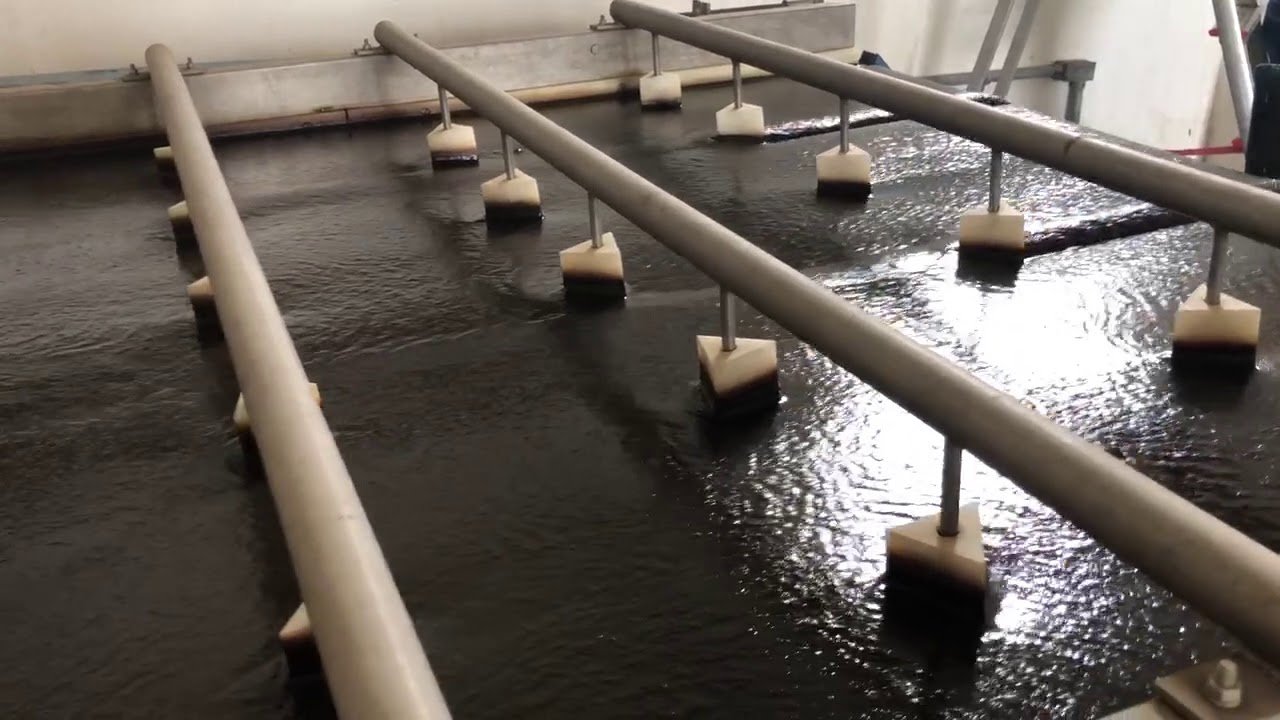Wastewater Treatment And Recycling
Title: A Deep Dive into Wastewater Treatment and Recycling: Processes, Challenges, and Future Prospects
Introduction
Water is a fundamental resource that sustains life on Earth. With the increasing population and industrialization, the demand for clean water has risen sharply. While Earth has abundant water in oceans, only a small fraction is usable as fresh water. This scarcity makes it essential to look for sustainable solutions to preserve and recycle our water resources. Among the many solutions available, wastewater treatment and recycling stand out as pivotal practices in managing water resources. This article explores the intricate processes involved in wastewater treatment, the challenges faced in recycling wastewater, and future developments that could revolutionize this vital field.
Understanding Wastewater
Wastewater, often considered as "used water," originates from various domestic, industrial, commercial, and agricultural activities. It contains a complex mixture of pollutants such as organic matter, nitrogen, phosphorous, heavy metals, and pathogens. The composition of wastewater can vary significantly based on its source, but effective treatment is essential to make it safe for release into the environment or for reuse.
Historical Context of Wastewater Treatment
Wastewater management is not a novel concept. Ancient civilizations in Rome and the Indus Valley devised rudimentary sewage systems, though primarily focused on transportation of waste rather than treatment. The modern approach to wastewater treatment began in the late 19th and early 20th centuries in response to the public health crises and environmental concerns posed by untreated sewage.
The Process of Wastewater Treatment
Wastewater treatment involves multiple stages aimed at removing contaminants and producing environmentally safe water, known as effluent. These stages can be broadly classified into primary, secondary, and tertiary treatments.
-
Primary Treatment
- Objective: Remove large objects and settleable solids.
- Process: Wastewater is initially filtered through screens to remove large debris such as plastics and sticks. It then enters a sedimentation tank where heavy particles settle to the bottom, forming a mass known as sludge. The primary treatment reduces total suspended solids and biochemical oxygen demand by about 60%.
-
Secondary Treatment
- Objective: Breakdown and remove dissolved organic matter.
- Process: This stage employs biological processes using microorganisms to decompose organic material. Common methods include Activated Sludge Process, Trickling Filters, and Rotating Biological Contactors. The aeration process in the activated sludge system enhances microbial action, significantly reducing the organic content and pathogens.
- Tertiary Treatment
- Objective: Further refine and disinfect treated water.
- Process: Tertiary treatment varies based on the intended use of the effluent and can involve nutrient removal, chemical precipitation, and advanced filtration. Disinfection typically involves chlorination, UV radiation, or ozonation to eliminate remaining pathogens, making the wastewater safe for discharge or reuse.
Sludge Management
The treatment of sludge, the byproduct of wastewater treatment, is critical. Sludge is processed to reduce its volume and potential odor, often through digestion, dewatering, and incineration or composting. Sludge treatment not only mitigates environmental impact but also allows for resource recovery, turning waste into energy or fertilizer.
Wastewater Recycling and Reuse
Efficient wastewater treatment opens avenues for recycling. Wastewater reuse can be categorized into several types based on its application:
- Agricultural Use: Recycled water is increasingly used for irrigation, helping alleviate pressure on freshwater sources.
- Industrial Use: Industries use treated wastewater for cooling, processing, and other non-potable needs, reducing their freshwater withdrawal.
- Potable Reuse: Direct and indirect potable reuse are gaining attention, where treated wastewater is further refined to meet drinking water standards. Examples include blending with reservoirs or injecting into aquifers for natural filtration before use.
Challenges in Wastewater Treatment and Recycling
Despite the benefits, several challenges need addressing to optimize wastewater treatment and recycling:
- Technological Challenges: Advanced treatment technologies can be cost-prohibitive and require significant energy, making widespread adoption challenging. New technologies need continuous development to enhance efficiency and reduce costs.
- Public Perception: The "yuck factor" associated with recycled wastewater limits public acceptance, particularly regarding potable reuse. Public education and transparency in processes are critical to overcome societal resistance.
- Regulatory and Institutional Barriers: Varying regulations across regions can hinder the implementation of uniform treatment standards. Moreover, cross-sector collaboration is essential to develop integrated water management strategies.
- Environmental and Health Concerns: Incomplete removal of emerging contaminants such as pharmaceuticals and personal care products from wastewater poses potential health risks. Continuous monitoring and research are necessary to understand and mitigate these risks.
Innovations and Advancements in Wastewater Treatment
The future of wastewater treatment and recycling hinges on technological and methodological advancements:
- Membrane Technologies: Innovations in membrane bioreactors and reverse osmosis are promising for achieving higher purity levels in treated water.
- Resource Recovery: The shift from waste treatment to resource recovery focuses on extracting nutrients and energy from wastewater, aligning with circular economy principles.
- Smart Water Management: The integration of IoT and AI in treatment systems can optimize operations, minimize energy use, and enhance system reliability.
- Nature-Based Solutions: Incorporating natural ecosystems like wetlands in treatment processes can offer sustainable alternatives with lower environmental footprints.
Future Prospects and Conclusion
As urbanization continues and climate change exacerbates water scarcity, wastewater treatment and recycling will play an increasingly critical role in global water resource management. Policymakers, researchers, and industry leaders are called upon to invest in innovative technologies and collaborative frameworks that prioritize sustainability and resilience in water systems.
Wastewater, often regarded as waste, holds remarkable potential as a renewable resource. By advancing treatment and recycling practices, we not only safeguard environmental health but also ensure water security for future generations. The success of these efforts relies on a cultural shift towards recognizing wastewater as a valuable asset, thereby transforming challenges into opportunities for sustainable growth.



